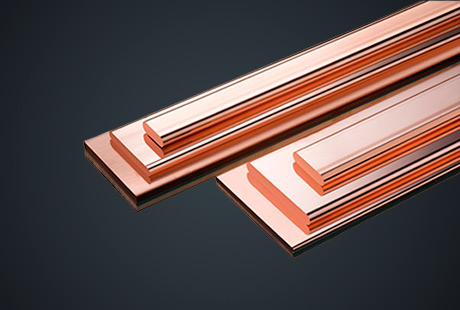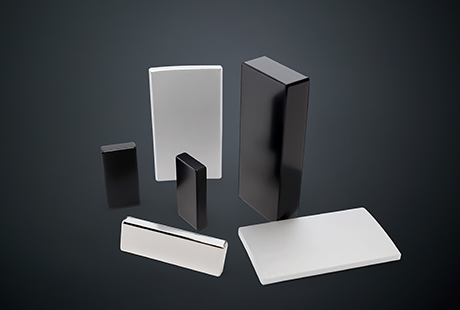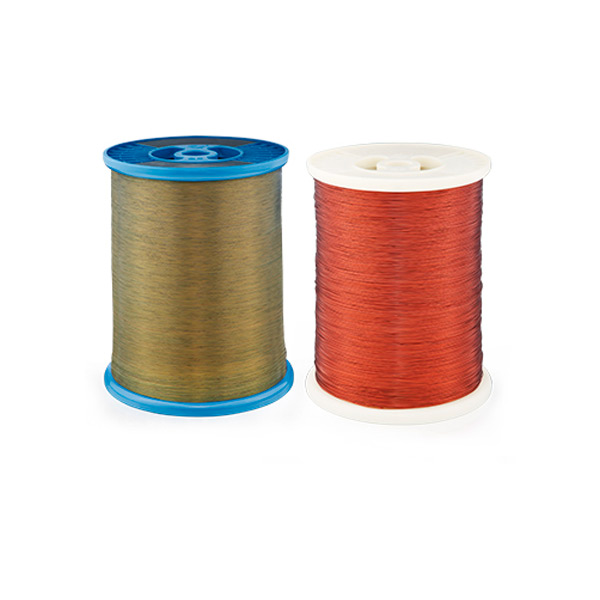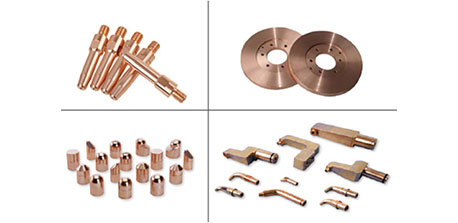The surface of the copper busbar is tin-plated. The first function is to prevent the oxidation of the copper busbar, and the second is to improve the contact surface of the copper busbar connection. Additionally, a layer of alloy is formed between the tin and copper, which enhances the adhesion of the tin plating on the copper busbar. Tin also has a decent electrical conductivity. It has good density and high smoothness, which enhance the wear resistance of the plated parts. Therefore, tin-plated copper busbars, with their remarkable advantages, have become an indispensable component of electrical systems. Especially in complex environments with high voltage and high frequency, they not only ensure stable power transmission but also demonstrate unique performance.
How Tin Plating Technology Enhances Performance
Tin plating technology provides strong support for enhancing the performance of copper busbars. By forming a uniform tin layer on the surface of the copper busbar, tin plating technology effectively isolates the copper busbar from direct contact with the external environment, slowing down the oxidation rate of the copper busbar. At the same time, the presence of the tin layer further improves the conductivity of the copper busbar, reducing resistance loss. Additionally, the tin layer also helps to improve the solderability of the copper bars, making it easier to connect with other components. Moreover, tin plating technology allows for adjustments in the thickness and uniformity of the coating according to specific needs, offering more possibilities for optimizing the performance of copper busbars.
With a commitment to excellence, Jintian has established itself as a professional and reliable copper busbar supplier in the market.
Outstanding Performance under High Voltage and High Frequency
In electrical systems with high voltage and high frequency, tin-plated copper busbars exhibit impressive performance. Firstly, the tin plating acts like a solid armor, effectively preventing the oxidation of the copper busbar surface, significantly enhancing its corrosion resistance and antioxidation properties, ensuring the long-term use of busbars. Secondly, the conductivity of the copper busbar is better after tin plating, reducing resistance loss and greatly improving the efficiency of power transmission. Additionally, tin-plated copper busbars are easy to solder and process, providing great convenience for installation and maintenance.
Challenges Faced under High Voltage and High Frequency
However, despite the many advantages of tin-plated copper busbars, there are still some challenges in high-voltage, high-frequency environments. In high-voltage environments, the tin layer may be subjected to certain degrees of impact and wear, affecting its protective effect. Under high-frequency current, the tin layer may experience electromigration, leading to thinning or local detachment of the plating, thereby affecting the conductivity of the busbar.
As a company with professional talent and advanced equipment, Jintian Copper not only provides technical support, professional advice, and guidance to customers but also offers customized services to meet the needs of enterprises in various fields.

 English
English 日本語
日本語 한국어
한국어 français
français Deutsch
Deutsch Español
Español italiano
italiano العربية
العربية tiếng việt
tiếng việt Türkçe
Türkçe ไทย
ไทย 中文
中文





